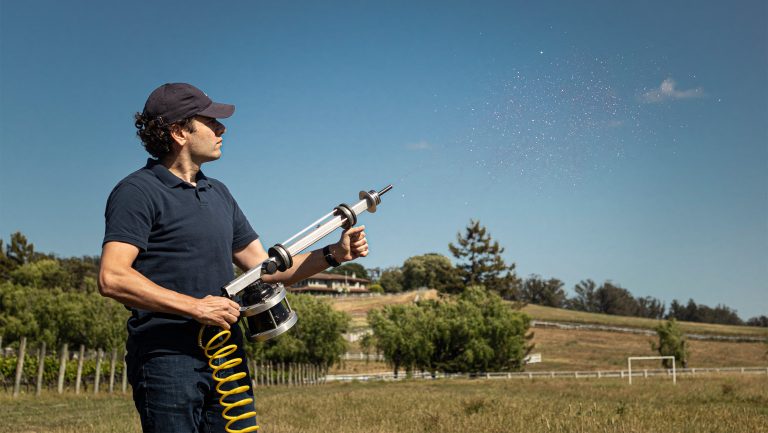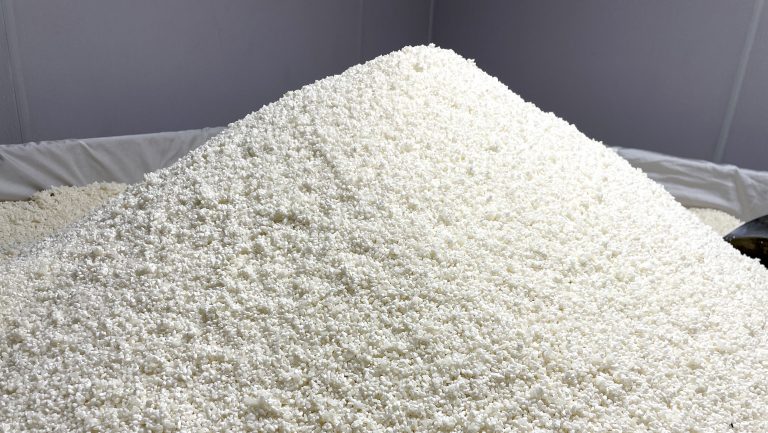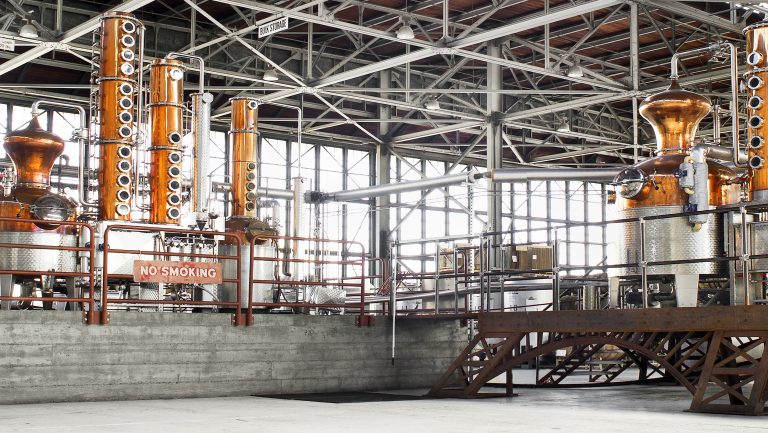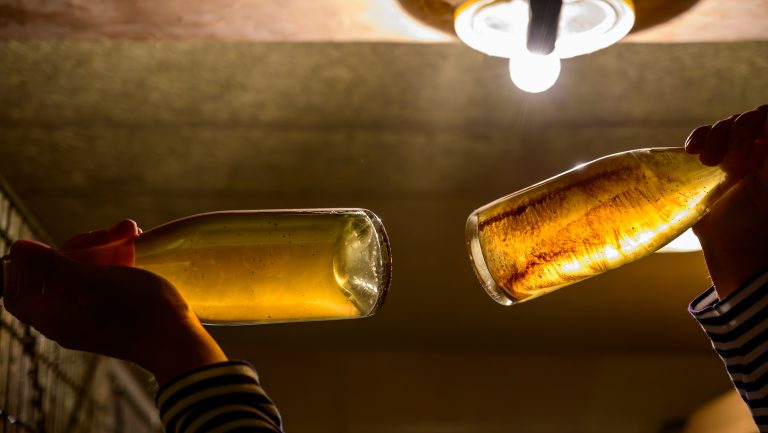It’s easy to understand why sulfite additions are such a basic tool of winemaking. Sulfur dioxide (SO2, also commonly referred to as sulfites) is an effective antibacterial and antioxidant agent in wine, and sulfur-based products are also effective against fungal diseases and other pests in the vineyard.
However, using sulfites is far from neutral: they have wide-ranging effects on the chemistry of wine. Just to name a few issues, they can cause potential reductive issues and affect fruity aromatics, they can cause color bleaching, and they’re also irritating for workers who deal with fairly high amounts during winemaking operations. Also, beyond the often-exaggerated concerns about headaches and other issues for wine drinkers, the trend towards natural wine has given them a bad rap.
“There is a false sense of security with SO2. Not [every bacterium and fungus] is beaten back,” adds Jeremy Leffert, the director of winemaking for Tooth and Nail Winery in Paso Robles, California. All of this has made him particularly enthusiastic for a different approach called bioprotection.

Don’t miss the latest drinks industry news and insights. Sign up for our award-winning newsletters and get insider intel, resources, and trends delivered to your inbox every week.
Enlisting Tiny Allies
The working principle behind bioprotection is the reverse of SO2 additions: Instead of sanitizing and sterilizing materials to eliminate microorganisms, the theory is to get more microbial life going early on, as an active protection system.
Laffort, a 125-year-old, Bordeaux-based yeast and winemaking supply company, has been working in this direction by selecting a range of microbial allies to help reduce SO2 use while fighting back spoilage bacteria like Lactobacillus kunkeei or acetic acid bacteria, among others. These friendly microorganisms can be added to the grapes at crush—and even used ahead of that—to make sure fermentations don’t take a weird turn.
Daniel Dycus, the North American technical manager for Laffort, had been working for several years on the possibilities offered by using a wider range of yeasts in winemaking products when a phone call with a client opened up new possibilities. “The winemaker, Lorna Kreutz from Foley Family Wines, said that her harvester often smelled like VA (volatile acidity),” he recalls, “which means there was spoilage bacteria present, and we started talking about new ways of fighting them off.”
“Laffort’s motto is ‘l’oenologie par la nature,’ which means we try to work with nature, not against it,” explains Dycus. This means using a selection of “vineyard-based organisms” to create a healthy environment for turning grapes into wine.
Studies done with UC Davis had already shown promising results when non-Saccharomyces yeasts such as Torulaspora delbrueckii (Td) and Metschnikowia pulcherrima (Mp), combined by Laffort into a product called Egide, were added to must and juice. When used at the beginning of vinification, it resulted in a lower presence of acetic or lactic bacteria than with SO2 additions, and also improved mouthfeel and fruity aromatics.

An Ounce of Prevention
Following the conversation with their client, Dycus and his team worked on creating a “yeast blaster” prototype that would spray a solution containing the non-Saccharomyces yeasts on winemaking equipment like harvesters, destemmers or presses—even bins or trucks that carry grapes to the winery. There have now been four harvests of experiments at various producers, in various countries, and more are jumping in, running comparative experiments with some equipment sprayed with SO2 and some with the Egide solution. With the added benefit of a safer work environment, the approach has been getting good results in studies and winemaker evaluations.
Elizabeth Kester, the director of winemaking at Wente Family Estates, started using Egide in 2014, when she faced an increase in stuck fermentations in the cellar at Wente, which produces around 700,000 cases of wine annually. “Something was coming in from the vineyard,” she says. “As we worked to resolve this, using Egide worked better than sulfur.”
Seeing that Egide worked in the cellar prompted a conversation with Dycus about using it upstream in the process, notably on harvest machinery and for transporting grapes. “We have grapes—and juice for whites—that are brought up from Arroyo Seco all the way to Livermore, over 100 miles away, so we spray it in trucks,” says Kester. Long travel, especially in warm weather, can be a bonanza for spoilage bacteria, so having these yeasts present can help keep everything healthy during travel.
The idea of fighting fire with fire—or microbes with microbes—isn’t exclusive to wine. Similar lines of thought have emerged in the world of cheese, where the cleanliness-obsessed Swiss, notably, have found that diversity in the microbiome of cheese rinds naturally inhibits the presence of dangerous pathogens like Listeria and E. coli.
The bioprotection approach follows that idea, albeit in a more selective manner. Basically, if the chosen “good guys” take up more space, more problematic elements can’t take hold. “The yeasts in Egide overpopulate anything else that’s there at the start, and they die off when cerevisiae gets in there,” explains Kester.
“By having these yeasts occupy the space that bacteria could occupy in a low-alcohol environment, you can delay SO2 additions much further down the line,” explains Leffert. “In 2021, we eliminated SO2 additions in about 95 percent of the grapes.” The majority of Tooth and Nail wines don’t see sulfur until bottling time, either.
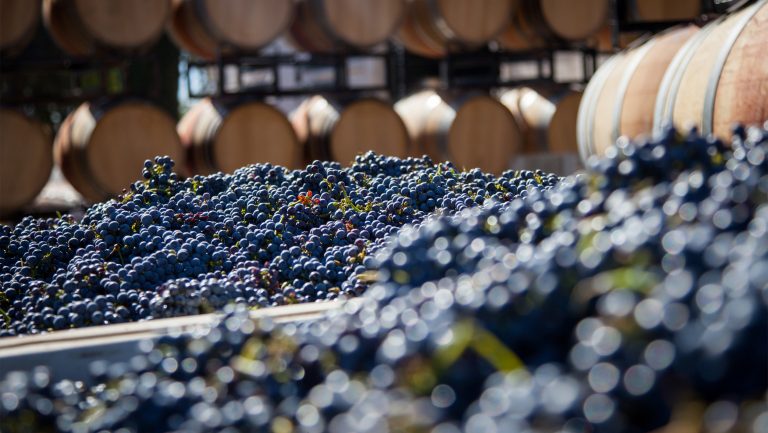
Scale and Style
There is a particular interest in this type of approach among larger wine producers. In small batches, sensory information quickly notifies a winemaker about potential problems, and adjustments can be made pretty nimbly. In a 20,000 or 50,000-liter tank, much can happen below the surface and if an issue spreads, it might take hold well before a winemaker can adjust course. Not to mention that the stakes are much higher, financially, if tens of thousands of bottles go south, rather than a few hundred at a time.
Natural winemakers will argue that a healthy and diverse microbial life in the vineyard and in the winery will allow fermentations to proceed coherently and cleanly—with variations in how things come together from one vintage to the next. “Our product is designed for winemakers who want to take a more natural approach, but are afraid of the risks involved,” says Dycus. “Winemakers are often worried about losing control.”
For many producers, especially larger ones, having a consistent style across lots and between vintages is central to their brand identity, as their objective is to meet specific customer expectations. “You can make wine using a natural approach,” agrees Kester, “but I don’t think you can make the same style consistently. Natural yeasts are not ideal for us to get the particular style that people expect from Wente and that we’re trying to hit every time.”
Leffert, on the other hand, is quite happy to use Egide for small-scale productions that will otherwise be fermented with natural yeasts, without any additions other than a small amount of sulfites at bottling. “With that initial protection, I can then take more risks,” he says.
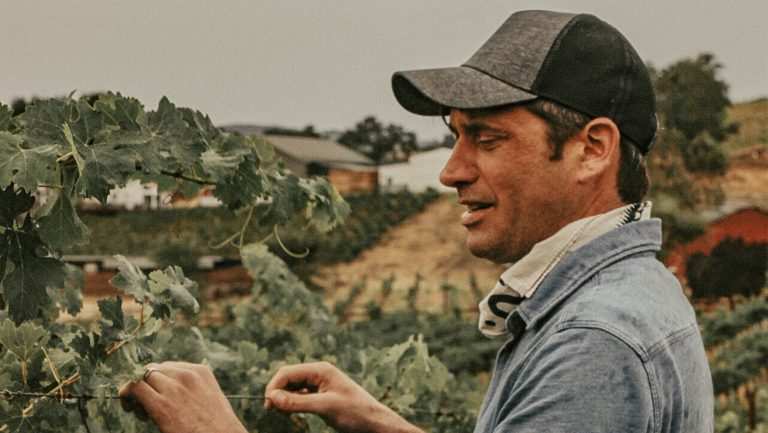
Taking Bioprotection Further
Around the world, Laffort teams and wine producers are looking into further possibilities for bioprotection, including using it in the vineyard when harvest conditions make grapes less than perfect. “We don’t have a lot of data yet, but we are seeing antagonistic activity against molds as well,” says Dycus.
Recently, Leffert started spraying his destemmer, press, and fermentation vessels with another Laffort product called Khio, made from one of the yeasts in Egide, Metschnikowia pulcherrima. The yeast, selected from indigenous grape flora, creates a white film on the surface of the vessels, before they come in contact with grapes or must, which prevents more problematic ones from taking hold.
Better yet, “it saves a whole lot of water,” explains Leffert. The contents of a small sprayer can be used for several fermentation vessels, as opposed to filling them with sulfited water. In a drought-sensitive place like California, it’s another way that bioprotection could be an environmentally-friendly tool in winemakers’ kits.
Still, Leffert thinks the usefulness of bioprotection is more central to his craft: “Does it make the wine better? Yes. And that’s the end goal.”

Dispatch
Sign up for our award-winning newsletter
Don’t miss the latest drinks industry news and insights—delivered to your inbox every week.
Rémy Charest is a journalist, writer, and translator based in Quebec City, Canada. He has been writing about wine and food since 1997 for various Canadian and American print and online publications, including Chacun son vin/WineAlign, Wine Enthusiast, Le Devoir, Le Soleil, EnRoute, Palate Press, Punch Drink, and Châtelaine, and has been a regular radio columnist for CBC/Radio-Canada. He has also judged national and international wine competitions, notably the WineAlign National Wine Awards of Canada, the TEXSOM International Wine Awards, and the International Rosé Championships.

